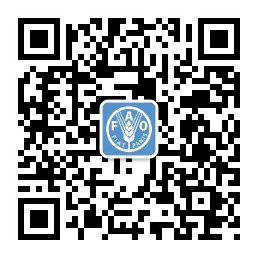“Coming from Latin America, the main issue agricultural researchers face is access”
Tell us something about yourself... what is your background and role in the organization you are working for?
I am a Principal Professor at the Faculty of Electrical and Computer Engineering of the Polytechnic Institute of the Coast (ESPOL), located in Guayaquil, Ecuador. I am also a researcher at the Information Technology Center of ESPOL where I am coordinating the Research Program on Teaching and Learning Technologies.
In addition I coordinate the work of the Latin American Community on Learning Objects (LACLO), a network of researchers and practitioners around Latin America interested in the creation, adaptation and use of learning technologies in the region. As part of this group, I am involved in the Latin American Open Textbooks Initiative (LATIn) that works towards the local production of open educational resources.
At a global level: I represent my University at the ARIADNE Foundation, one of the oldest Learning Object Repositories; I coordinate the technical group of the Global Learning Object Exchange (GLOBE), the global federation of Learning Object Repositories, and I am part of the technical team of the EU-Funded AgInfra Project.
How did you get in contact with AIMS?
I came to work with AIMS through my participation in the AgINFRA project. While I had read about AIMS before, especially in the area of the AGRIS data and metadata, I had never worked with the team before. We collaborated to specify a common interoperable layer of services that could be used for AIMS and for the work on Learning Object Repositories, especially the ARIADNE Repository.
Which sections and services on AIMS are of particular use to you?
The most interesting AIMS services for our line of work are the CIARD RING and the AGRIS Dataset. The CIARD RING provides us with linkable information about diverse entities that feed our Network Visualization Component, that enable the visual representation of the relationships between diverse entities. The AGRIS dataset, on the other hand, is the ideal exploration field for our Faceted Search and Browse component, providing an interactive way to navigate through large amount of content.
Within the domain of agricultural information management standards, tools and methodologies, in which areas should the community invest more? Could you highlight an issue?
Coming from Latin America, the main issue agricultural researchers face is access. Full Text initiatives, such as AGRIS, help our researchers to keep up with the current state-of-the-art in agricultural science. However, more effort is needed in order to make recent publications accessible, which are still too often kept behind pay walls that are too expensive for our institutions and research centers to finance.
Also a pressing need is the translation of scientific knowledge into actionable knowledge ready to be used by decision-makers. Information systems should adapt the representation and language of the data depending on the kind of user that is accessing it. This (semi-)automatic translation, paired with some basic computational intelligence, could help with the scarcity of agricultural "translators" that bridge academia and society.
Could you give an example of an initiative or tool that has successfully contributed to making agricultural information more accessible?
I think of the AgINFRA project as the enabler of innovation in the area of agricultural information management systems. The great ideas that come from the community usually hit the wall of the difficulty of implementing them, especially if they are not the priority of the information technology departments of the respective institutions. AgINFRA has the potential to lower the barrier for the implementation of innovate systems in order to solve niche, but important problems in the agricultural community.

